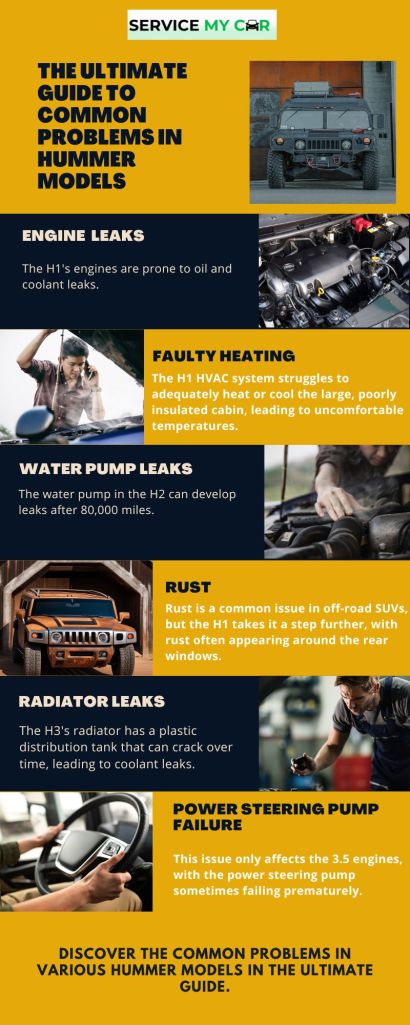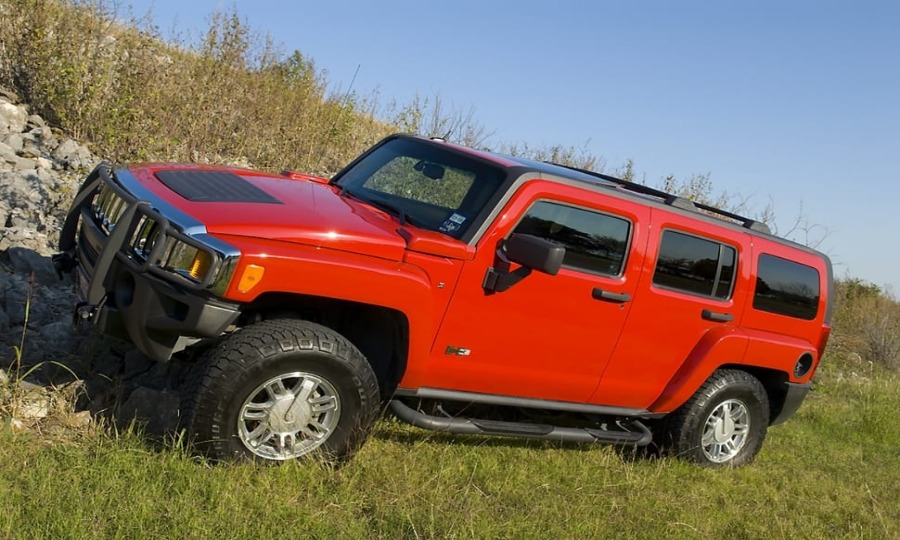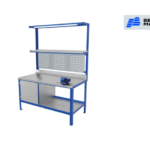Now Reading: The Ultimate Guide to Common Problems in Hummer Models
-
01
The Ultimate Guide to Common Problems in Hummer Models
The Ultimate Guide to Common Problems in Hummer Models

Hummer, an iconic brand with a military heritage, has a reputation for creating vehicles that are as tough as nails.

However, like any other vehicle, Hummers have their share of issues. This article examines the common problems that affect different Hummer models and provides insights on their reliability, longevity, and maintenance.
Hummer: A Brief Overview

Before we delve into the details, let’s take a quick look at the Hummer brand. Originally built for military use, Hummers were later adapted for civilian use, resulting in the H1, H2, and H3 models. Despite their robust design and impressive off-road capabilities, Hummers have been criticized for their high fuel consumption and maintenance costs.
Are Hummers Reliable?

The question of reliability for Hummer vehicles can be quite subjective, depending largely on the model and year in question. While later models generally fare well in terms of reliability, the earlier models, especially the H1, have been known to experience significant issues.
Delving into the Details: Hummer H1

Assessing the Reliability of Hummer H1
The Hummer H1, the original model, has been notorious for its reliability issues. Its primary problem lies in its engine, specifically the 6.5 turbo diesel variant, which is known for cylinder wall cracks – a serious issue that can only be remedied by replacing the engine.
However, the H1’s reliability issues extend beyond the engine. The vehicle isn’t designed for daily use, and owners who attempt to use it as such often report poor reliability. What’s more, the H1 is a specialty vehicle, meaning the repair costs can be quite high.
Common Problems in Hummer H1
The issues with the H1 are varied and far-reaching. Some of the common issues include:
- Faulty heating, ventilation, and air conditioning (HVAC) system: The H1’s HVAC system struggles to adequately heat or cool the large, poorly insulated cabin, leading to uncomfortable temperatures.
- Front end problems: The front suspension and steering are susceptible to failure, including the idler and pitman arms and the steering case.
- Transfer case failure: A complex component that manages power distribution to different wheels in 4X4 vehicles, the transfer case in the H1 is prone to failure.
- Engine leaks: The H1’s engines are prone to oil and coolant leaks.
- Rust: Rust is a common issue in off-road SUVs, but the H1 takes it a step further, with rust often appearing around the rear windows.
- Tire inflation system leaks: The central tire inflation system, a highlight feature in the H1, is known to have leak issues, often leading to flat tires.
Exploring the Hummer H2

Assessing the Reliability of Hummer H2
The Hummer H2, by all accounts, is a surprisingly reliable SUV. With sturdy LS-based engines (LQ4 6.0 and L92 6.2 GM engines) and dependable transmissions (4L60E, 4L65E, and 6L80E), the H2 has earned high reliability scores from various platforms and owner reviews.
Common Problems in Hummer H2
Despite its general reliability, the H2 isn’t without its issues. Some common problems include:
- Water pump leaks: The water pump in the H2 can develop leaks after 80,000 miles.
- Low oil pressure: Premature oil pump failure can lead to a sudden drop in oil pressure, potentially damaging the engine.
- Gauge cluster failure: The gauge cluster in the H2 can fail unexpectedly, often due to careless battery replacement.
- Wing mirror folding issues: Early models of the H2 have had issues with the folding mechanism of the wing mirrors.
- Pitman arm failure: The heavy weight of the H2 can lead to premature failure of the pitman arm, a component of the steering system.
Investigating the Hummer H3

Assessing the Reliability of Hummer H3
Offered with three different engines – two inline five-cylinders and one V8, the Hummer H3 is known for its impressive reliability. However, the 2005 and 2006 model years did have some issues with engine valve leaks.
Common Problems in Hummer H3
Though generally reliable, the H3 does have its share of problems. Some common issues include:
- Leaking valves: The 2005 and 2006 five-cylinder models have been known to suffer from valve seat wear, leading to low compression, poor performance, and decreased fuel economy.
- Water pump leaks: The early 3.5 inline-five engines in the H3 can sometimes develop water pump leaks before the engine reaches 100,000 miles.
- Radiator leaks: The H3’s radiator has a plastic distribution tank that can crack over time, leading to coolant leaks.
- Power steering pump failure: This issue only affects the 3.5 engines, with the power steering pump sometimes failing prematurely.
- Transmission slipping: The automatic 4L60E transmission in the H3 is prone to slipping, which can lead to transmission failure.
Hummer Maintenance: What You Need to Know
While Hummers are generally not easy to maintain, especially the H1, the H2 and H3 are not significantly more complicated than other models built on the same platform. However, Hummers generally don’t have transmission problems, with the notable exception of the H3 with a five-cylinder engine.
The Lifespan of Hummers
The lifespan of a Hummer can vary widely depending on the model and how it is used. The H1, for example, can last around 200,000 miles with the 6.5 Detroit Diesel engine, and even longer with the 6.6 Duramax engine. The H2 is the most durable Hummer model, with numerous examples clocking almost 300,000 miles, and some even reaching close to 500,000 miles. The H3, meanwhile, can last over 200,000 miles with the smaller inline five-cylinder engines, and over 400,000 miles with the Vortec V8 engine.
As we wrap up this blog post, we want to say a sincere thank you for being here with us. Your time and attention are precious, and we’re grateful you chose to spend them on our content. In case you have car and looking for car key battery then visit Service My Car Website for all car solutions. Service My car provide best services such as car battery replacement, tinting, head gasket repair, oil change services, and ac repair.
Conclusion
While Hummers, particularly the H1, have their share of issues, they can also be remarkably reliable vehicles with the potential for long lifespans. As with any vehicle, the key to a Hummer’s reliability and longevity lies in regular and thorough maintenance.




















